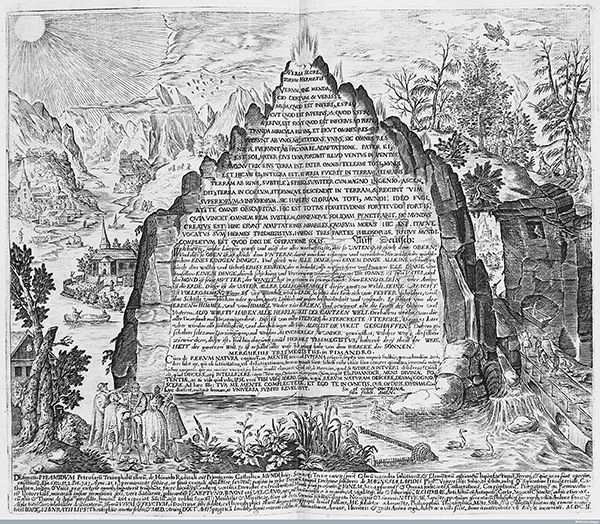The Emerald Tablet, a foundational text in
Hermeticism, stands as a cryptic and revered document that has intrigued
alchemists, philosophers, and seekers of esoteric knowledge for centuries. Attributed to the legendary
Hermes Trismegistus, the tablet encapsulates the core tenets of
Hermetic wisdom, exploring the interplay of the spiritual and material realms. This paper delves into the enigmatic nature of the Emerald Tablet, unraveling its historical context, symbolic significance, and enduring influence.


